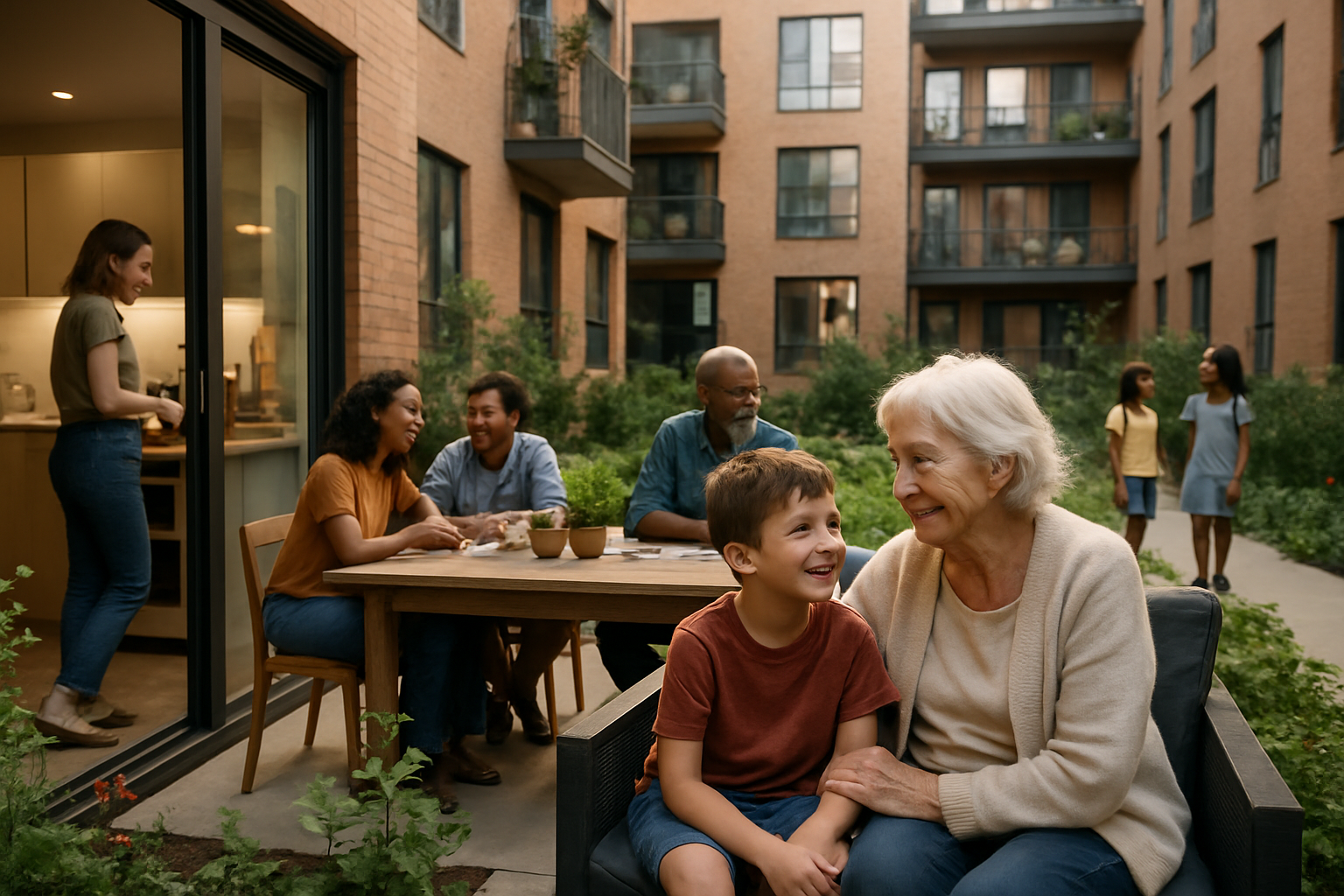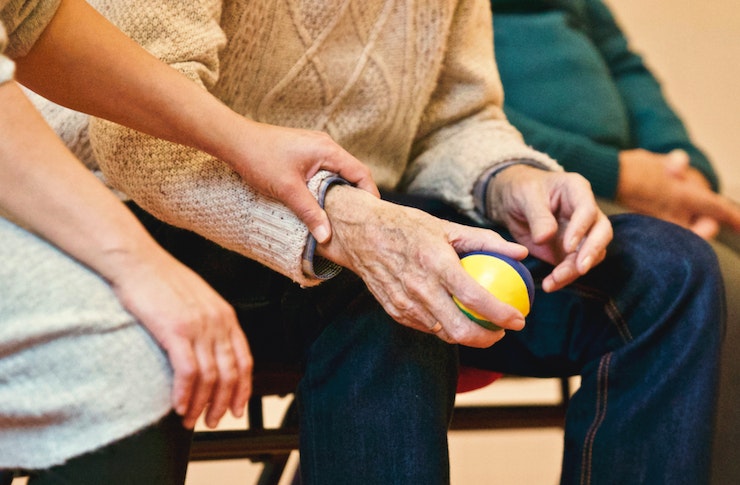Senior Apartments: Your Guide to Independent Living Options
Finding the right senior housing can feel overwhelming, but senior apartments offer an excellent solution for older adults seeking independence while enjoying community amenities and support services. These residential communities are specifically designed to meet the unique needs of seniors who want to maintain their autonomy while having access to convenient services and social opportunities that enhance their quality of life.

What Makes Senior Independent Living Special?
Senior independent living communities provide a perfect balance between privacy and community engagement. Unlike assisted living facilities, these apartments are designed for seniors who can live independently but prefer the convenience of maintenance-free living. Residents typically own or rent their units and have access to shared amenities like fitness centers, dining facilities, libraries, and organized social activities. The focus is on creating an active, engaging environment where seniors can pursue their interests while building meaningful relationships with peers.
Most senior independent living communities offer various apartment styles, from studio units to spacious two-bedroom layouts. These homes often feature senior-friendly design elements such as accessible bathrooms, emergency call systems, and step-free entrances. The goal is to provide comfortable, safe living spaces that allow residents to age in place while staying connected to their community.
Finding Quality Senior Homes in Your Local Area
When searching for senior homes in your local area, location plays a crucial role in your overall satisfaction. The best senior communities are typically situated near healthcare facilities, shopping centers, and cultural attractions. Look for communities that offer transportation services to help residents maintain their independence and stay connected to the broader community.
Research shows that proximity to family and friends significantly impacts seniors’ mental health and overall well-being. Consider communities within a reasonable distance from your current support network. Many successful senior housing developments are located in established neighborhoods where residents can continue frequenting familiar grocery stores, medical offices, and places of worship.
Identifying the Best Senior Independent Living Communities
The best senior independent living communities share several key characteristics that set them apart from average options. First-rate communities typically offer comprehensive wellness programs that include fitness classes, health screenings, and educational seminars. They also provide robust social calendars featuring everything from book clubs and art classes to group outings and cultural events.
Quality communities prioritize safety and security with features like controlled access entry, emergency response systems, and well-lit walkways. The staff-to-resident ratio is another important factor, as adequate staffing ensures residents receive prompt assistance when needed. Additionally, top-tier communities maintain their facilities impeccably and regularly upgrade amenities to meet evolving resident needs.
Exploring Active Adult Senior Housing Options
Active adult senior housing caters specifically to seniors who want to maintain an energetic lifestyle surrounded by like-minded peers. These communities typically have age restrictions, usually requiring at least one resident to be 55 or older, creating an environment tailored to active adults.
Active adult communities often feature extensive recreational facilities including golf courses, tennis courts, swimming pools, and walking trails. Many also offer hobby rooms, art studios, and workshop spaces where residents can pursue creative interests. The emphasis is on providing opportunities for physical activity, social engagement, and personal growth throughout the retirement years.
Senior Apartment Community Comparison
When evaluating different senior living options, comparing specific communities helps you make an informed decision. Here’s a comparison of typical senior apartment community types and their associated costs:
| Community Type | Average Monthly Cost | Key Features | Best For |
|---|---|---|---|
| Independent Living Apartments | $1,500 - $4,000 | Private apartments, some meals, activities | Fully independent seniors |
| Active Adult Communities | $2,000 - $5,500 | Recreation facilities, golf, fitness centers | Active lifestyle seekers |
| Senior Co-housing | $1,200 - $3,500 | Shared common areas, community meals | Socially-minded residents |
| Luxury Senior Communities | $3,500 - $8,000+ | Premium amenities, concierge services | High-end lifestyle preferences |
Prices, rates, or cost estimates mentioned in this article are based on the latest available information but may change over time. Independent research is advised before making financial decisions.
These costs typically include basic utilities, maintenance services, and access to community amenities. Additional services like housekeeping, meal plans, or transportation may incur extra charges. Geographic location significantly impacts pricing, with urban areas generally commanding higher rates than suburban or rural communities.
Making Your Senior Apartment Decision
Choosing the right senior apartment requires careful consideration of your current needs and future expectations. Visit multiple communities, talk with current residents, and ask detailed questions about services, policies, and costs. Pay attention to the overall atmosphere and whether the community culture aligns with your personality and lifestyle preferences.
Consider creating a checklist of must-have features versus nice-to-have amenities. This approach helps you stay focused on what matters most while avoiding communities that may be appealing but lack essential elements for your comfort and well-being. Remember that the best senior apartment is one that supports your independence while providing the services and social opportunities that enhance your daily life.




